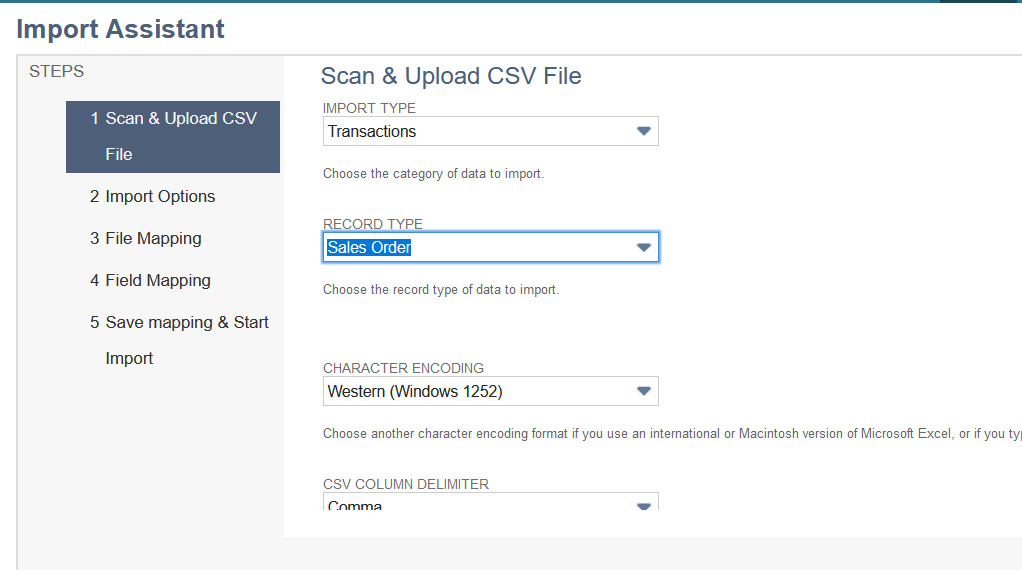Leading Practices for Seamless Data Migration | Yantra Inc
In today’s rapidly evolving business landscape, data migration is a critical phase in Enterprise Resource Planning (ERP) implementation projects. The data migration process involves the seamless transfer of data from legacy systems to a new ERP system, ensuring the new system is not only up-to-date but also fully operational. Irrespective of industry, historical data often serves as the lifeblood of an organization, and the efficacy of migration of these records can significantly impact the success of any digital transformation project.
To prevent potential roadblocks in data migration to new
operation systems, meticulous planning and effective communication are
paramount. It plays a crucial role in ensuring that the new system is
up-to-date and fully operational, as historical data often underpins strategic
planning, forecasting, and critical business decisions. This article delves
into the leading practices for the data migration process; offering insights on
how to receive, clean, and manage data effectively during ERP implementation. To
prevent inaccuracies and timeline challenges, experienced expert consultation
and step-wise planning are essential. Here are a few focus areas during the
process for a successful digital transformation and innovation-
STREAMLINING DATA MIGRATION
Receiving Data:
Before embarking on data migration, digital transformation
companies should initiate meetings between clients and consultants to address
key questions:
What data types will be imported?
Who are the data owners?
What are the data submission deadlines?
Is sample-sized data required for testing?
When will data uploads occur?
Are there potential data-related risks such as size?
Setting reasonable expectations and timelines is crucial,
especially when dealing with extensive datasets. Collaboration and awareness of
these questions are essential to mitigate delays and risks.
Cleaning Data:
Ensuring that the data transferred is clean is vital. The
data should be meticulously reviewed to identify and resolve data redundancy,
invalid syntax, missing data, and formatting issues. This phase also presents
an opportunity for clients to eliminate unnecessary data. Data migration
experts’ guidance in data preparation, adjusting the focus and requirements,
and using templates and walkthroughs to ensure accurate input brings in
efficiency and saves time by eliminating data that is not important.
To Read Full
Blog Visit - Leading
Practices for Seamless Data Migration | Yantra Inc
.jpg)

.jpg)

Comments
Post a Comment